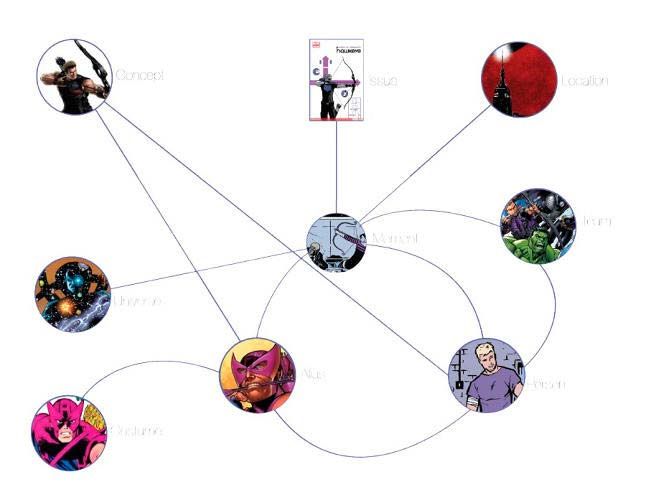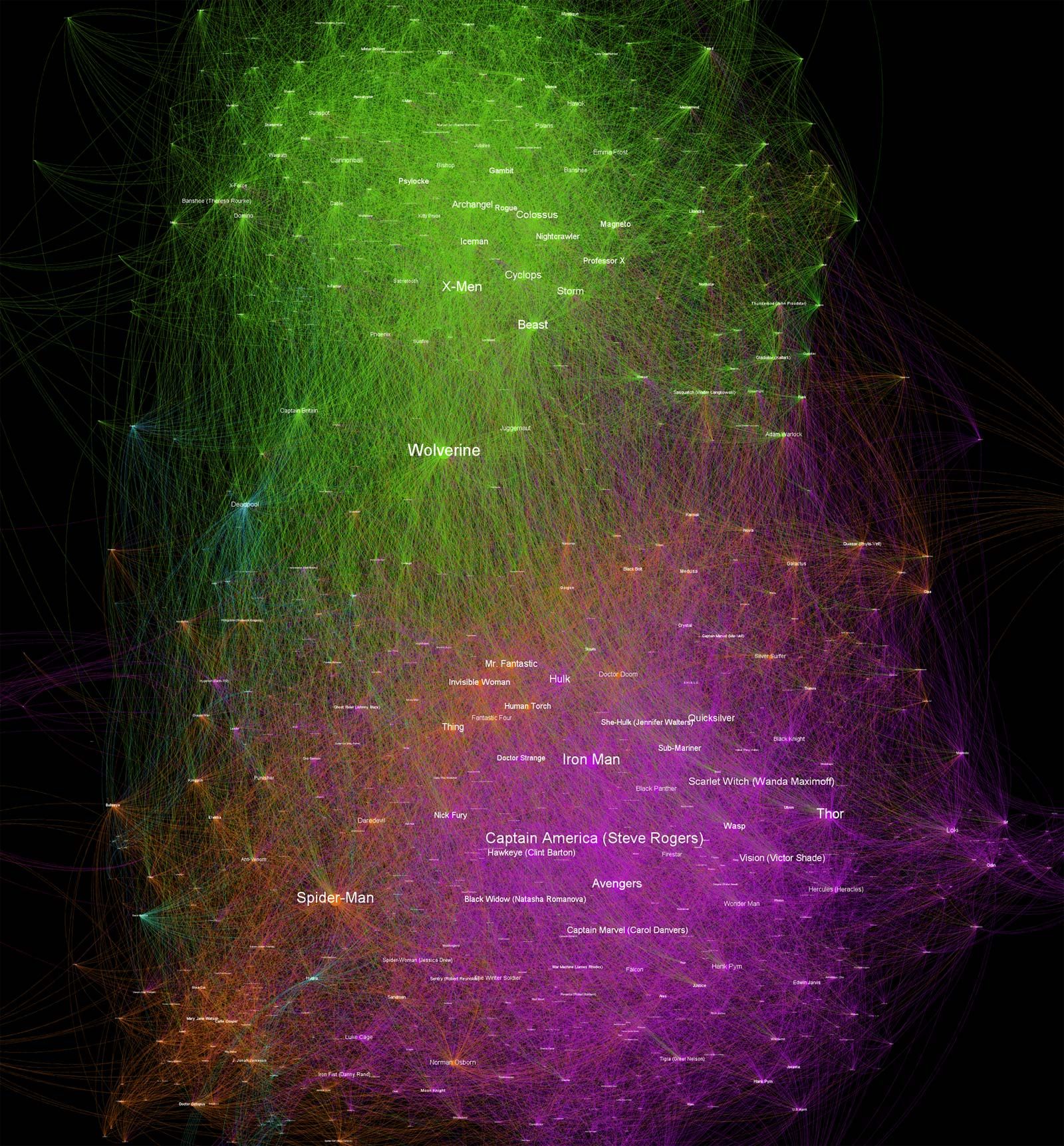For decades, Marvel Comics readers relied on one source for all canonical information about their favorite super heroes: The pages of the comics themselves.
Eventually, Marvel realized that with its universe growing weekly, it was becoming difficult to keep up with the latest status of hero or villain X, Y or Z, and thus, the "Official Handbook of the Marvel Universe" was formed. In the '80s, any fan worth their salt had, if not a full collection, at least the specific OHotMU issues containing the entries of their favorite characters. It was so popular that as soon as the entry on Zzzax was in your hands, it seemed it was just a few months before the latest, freshly-updated edition featuring A.I.M. was hitting the stands.
With the advent of the Internet, the information, which was once found in a centralized, officially sanctioned publication, began to fracture. Fansites would meticulously track a character's every appearance in detail the OHotMU could never hope to match. Eventually, wikis popped up, both official and unofficial, crowdsourcing origin story details, cameo appearances and various media appearances of Marvel's good and bad guy community. And as Marvel's reach continued to grow, from comics to novels to animation to television and movies, even the most dedicated of fans has found themselves less and less knowledgable about the minutia of their heroes.
Enter Peter Olsen, Marvel's VP of Web and Application Development. Fast Company, spoke with Olsen, revealing, in detail, Marvel's "Uberframework," an online graph database which links every character across the Marvel Universe with each other, crossing the borders of comics to movies to video games and beyond. The result is a three-dimensional representation of decades of continuity, cross-referencing every interaction between hero and villain with their respective writers, artists, video game makers, actors and more.
The project is able to do this because it's built on graph theory, tracking a character not only based on team affiliate but by artists who have drawn them, characters they've interacted with no matter if it's a long-term relationship or even a brief "Hello" exchanged in a single comic book panel from some mega-event. Rather than using a traditional flow-chart graph, every bit of information about every appearance by a character links directly to another, corresponding piece of information, be it another appearance, the writer of the piece being looked at, another book written in a similar style, etc. It's as granular an approach to mapping out a comic book universe -- or any universe, for that matter -- that has been attempted to date.
Ultimately, this is good for fans, and great for the company. Comic readers, television viewers and gamers will soon have access to even more information about Fin Fang Foom than they've ever dreamed of -- and Marvel will have the ability to cross-sell like never before.


